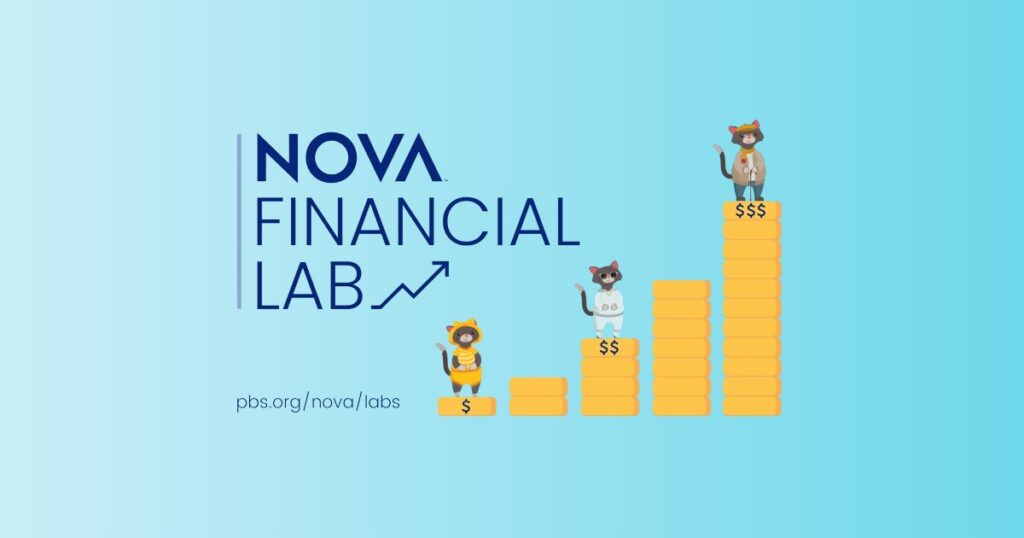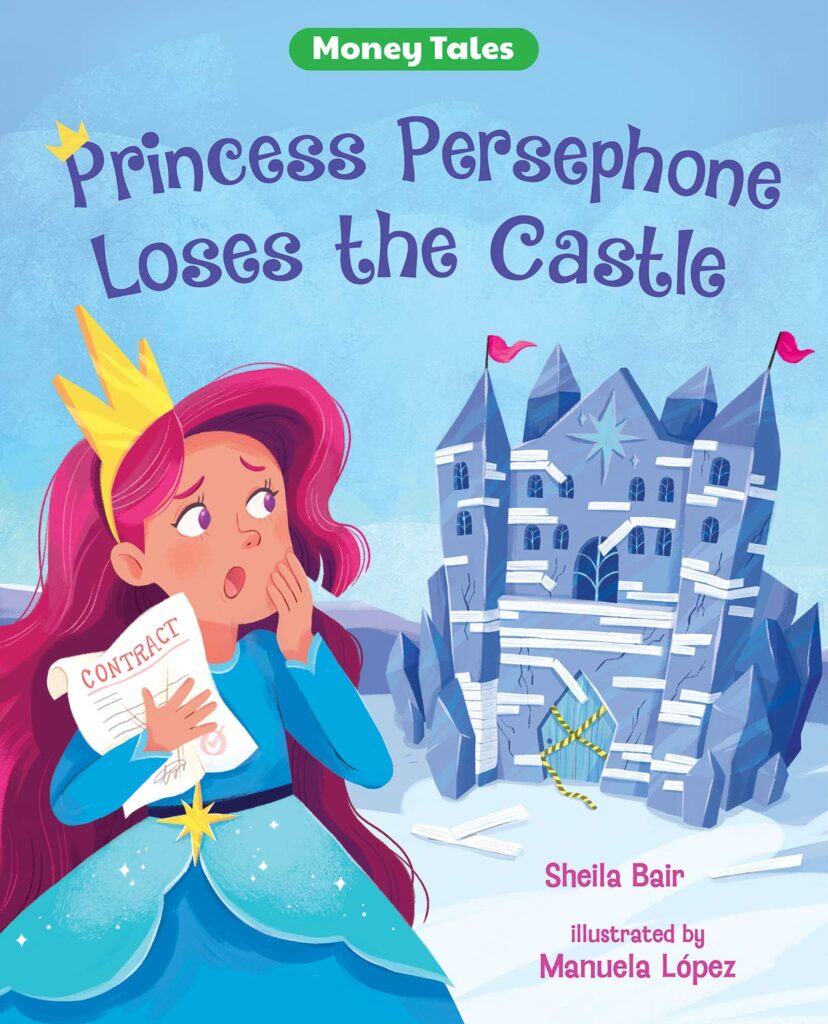
Content Partner
Grades 6-8, 9-12

Don't have an account yet? Sign up for free
Don't have an account yet? Sign up for free

High school students have rarely been asked to look at their future beyond where they will be going to college or what job they think they will have. This lesson asks you to think in a long-term perspective. By using a timeline, something you should be familiar with from past history classes, you can map out the major events in your lives: when you start working full time, buy your first house, get married, retire and finally die.
High school students have rarely been asked to look at their future beyond where they will be going to college or what job they think they will have. This lesson asks you to think in a long-term perspective.
By using a timeline, something you should be familiar with from past history classes, you can map out the major events in your lives: when you start working full time, buy your first house, get married, retire and finally die.
There is a table which can be printed out before the lesson. (https://acrobat.adobe.com/us/en/acrobat.html required for the pdf files .)
See: "A Life and Work Life Expectancy Table" LifeExp.pdf
Activity 1: Life Expectancy
Use the https://www.livingto100.com/calculator to determine the expected length of your own life.
All life expectancy tables are built on averages. In fact, of course, some individuals will live longer and others less than the average person.
Along the horizontal axis of your timeline, enter your birthdate and estimated expiration date.
Activity 2: Work Life Expectancy
Why is the work life expectancy almost eleven years less than the social security retirement age? [The work life expectancy takes into account many things which are not included in the social security age. First, a person may leave the work force because of sickness or death. Women leave the work force to raise children.] The full social security retirement age is 67. This is 11 years more than the work life expectancy of 56 years. The work life expectancy shows the number of years one expects to be in the workforce earning wages and benefit. The work life expectancy is therefore a better tool for calculating how much your retirement benefits will be and how many years you have to save for retirement.
Add your work life expectancy to your timeline: the starting date for your work life and retirement date. Estimate your annual income over the same period of years and plot. You can also calculate your parents' work life and social security retirement dates and add them to your timeline.
Activity 3: Filling out the Time Line
Fit other important dates on your timeline. These might include: [These events can vary.]
Activity 4: Estimating Your Retirement Needs
In the previous activities, you developed a picture of your lifetime income and expenditures. By now, you're probably aware how important it is to begin saving for your retirement. How much will you need to save? When should you begin saving?
Visit this https://www.dinkytown.net/java/retirement-planner-calculator.html and enter some of the data from the activities above. (Accept the web page's default values for rate of return, tax rates, etc.) Are you planning on saving enough to pay for your retirement? Try varying levels of annual contributions, retirement age, and your current age and record the resulting portfolio values.
Enter the value of your retirement portfolio on your timeline at the estimated time of retirement.
This exercise will help you put your life into perspective and see how your lifetime budget might be expected to play out. Think about the following questions: When will you be able to start to save for retirement? How will you pay for your children’s college education or the new car you want so badly? Hopefully, you will see that you have to make choices over their entire lifetime and not just today. How do you fit all of your life on the timeline and make it balance?

Content Partner
Grades 6-8, 9-12


Content Partner
Grades K-2, 3-5

Grades 6-8

Grades 6-8, 9-12
